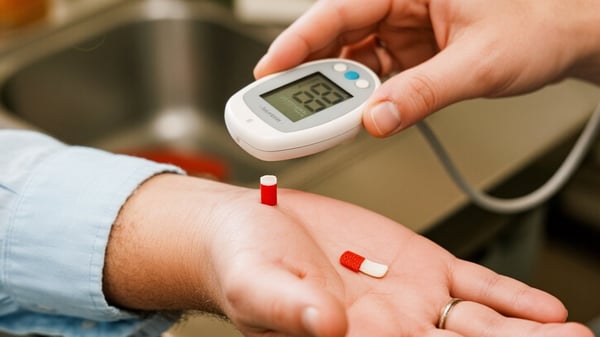Breakthroughs in Non-Invasive Glucose Monitoring Using RF and Iontophoresis Technologies

Managing diabetes effectively requires continuous monitoring of blood glucose levels. Traditionally, this has involved painful finger-prick tests multiple times a day. However, non-invasive technologies are changing that reality by allowing patients to monitor their glucose levels continuously and painlessly. Among the leading innovations are RF (radio frequency) sensing systems and reverse iontophoresis, both of which offer promising solutions in diabetes care.
What Is Non-Invasive Glucose Monitoring?
Non-invasive glucose monitoring refers to any method that measures blood sugar levels without drawing blood. These technologies rely on detecting glucose through the skin, sweat, or interstitial fluids, eliminating the need for lancets or test strips.
The main benefits include:
No pain or puncture wounds
Reduced risk of infection
Continuous or real-time readings
Better compliance and convenience for patients
This technology is particularly helpful for elderly patients, children, or those with needle phobia.
Reverse Iontophoresis: How It Works
Reverse iontophoresis is a method that uses a mild electric current to pull glucose molecules from beneath the skin to the surface, where a sensor can measure their concentration. This technique has been used in early non-invasive devices like the GlucoWatch and is being improved with modern materials and electronics.
Key features:
Continuous sampling through the skin
Minimal discomfort
Useful for trend tracking rather than instant readings
Though earlier devices faced accuracy challenges, today’s advancements in biosensors are improving reliability.
RF Sensing Technology in Glucose Monitoring
Radio frequency (RF) sensing is emerging as one of the most promising technologies in non-invasive glucose monitoring. It works by sending low-power radio waves into the skin and analyzing how they are affected by glucose concentrations in the blood or interstitial fluids.
Advantages of RF-based systems include:
Real-time monitoring
Compact wearable devices
No skin damage or discomfort
Better integration with smartphones and health apps
Companies are actively developing RF glucose monitors, which may soon receive FDA approval.
Continuous Glucose Monitoring Systems (CGMs)
Continuous Glucose Monitoring (CGM) devices have revolutionized diabetes management by providing real-time glucose readings throughout the day and night. Though most CGMs still require a small sensor inserted under the skin, newer models aim to combine CGM functionality with non-invasive detection.
Current CGMs include:
Dexcom G7
Abbott’s FreeStyle Libre
Medtronic Guardian
These devices alert users about highs and lows, helping prevent emergencies and allowing better insulin control.
Policy and Regulation Considerations
Healthcare providers and insurers are increasingly recognizing the value of CGMs and non-invasive technologies. However, policies must balance innovation with safety and accuracy.
Policy priorities include:
FDA approval for accuracy and reliability
Insurance coverage for CGMs and future non-invasive devices
Data privacy and interoperability standards
As technology evolves, clearer regulations will enable broader use of these systems across hospitals, clinics, and home care settings.
Healthcare Impact and Future Outlook
Non-invasive glucose monitoring will likely become the standard in diabetes care within the next decade. Benefits include:
Improved patient compliance and quality of life
Lower long-term healthcare costs through better glucose control
More detailed data for clinicians to tailor treatments
In addition, non-invasive glucose tracking may open doors to broader health monitoring platforms that track hydration, electrolytes, or stress levels through the skin.
Startups, medical device manufacturers, and research institutions are all working to bring these innovations to market. RF sensing systems, in particular, hold significant promise due to their comfort, accuracy, and compatibility with wearable tech.